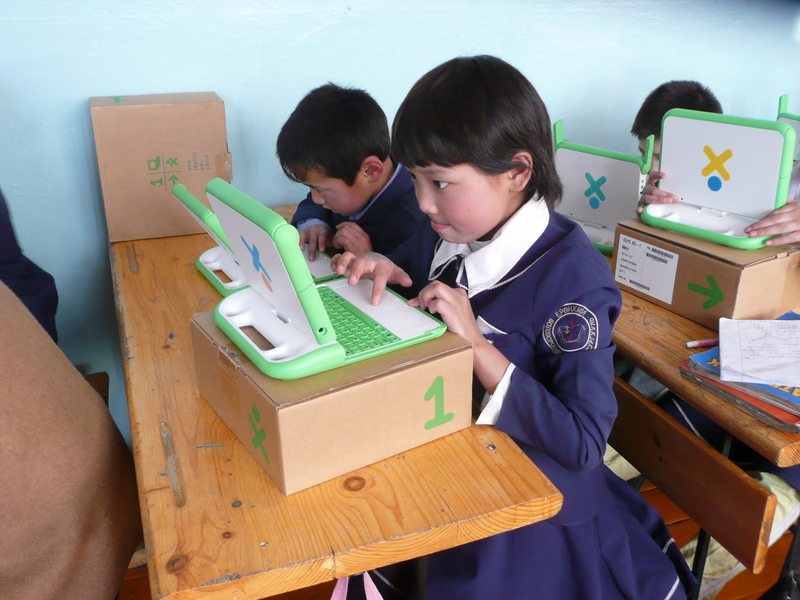8.1 Cognitive Development: Introduction
By the time you reach adulthood you have learned a few things about how the world works. You know, for instance, that you can’t walk through walls or leap into the tops of trees. You know that although you cannot see your car keys they’ve got to be around here someplace. What’s more, you know that if you want to communicate complex ideas like ordering a triple-shot soy vanilla latte with chocolate sprinkles it’s better to use words with meanings attached to them rather than simply gesturing and grunting. People accumulate all this useful knowledge through the process of cognitive development, which involves a multitude of factors, both inherent and learned.
Cognitive development refers to the development of thinking across the lifespan. Defining thinking can be problematic, because no clear boundaries separate thinking from other mental activities. Thinking obviously involves the higher mental processes: problem solving, reasoning, creating, conceptualizing, categorizing, remembering, planning, and so on. However, thinking also involves other mental processes that seem more basic and at which even toddlers are skilled—such as perceiving objects and events in the environment, acting skillfully on objects to obtain goals, and understanding and producing language. Yet other areas of human development that involve thinking are not usually associated with cognitive development, because thinking isn’t a prominent feature of them—such as personality and temperament.

As the name suggests, cognitive development is about change. Children’s thinking changes in dramatic and surprising ways. Consider DeVries’s (1969) study of whether young children understand the difference between appearance and reality. To find out, she brought an unusually even-tempered cat named Maynard to a psychology laboratory and allowed the 3- to 6-year-old participants in the study to pet and play with him. DeVries then put a mask of a fierce dog on Maynard’s head, and asked the children what Maynard was. Despite all of the children having identified Maynard previously as a cat, now most 3-year-olds said that he was a dog and claimed that he had a dog’s bones and a dog’s stomach. In contrast, the 6-year-olds weren’t fooled; they had no doubt that Maynard remained a cat. Understanding how children’s thinking changes so dramatically in just a few years is one of the fascinating challenges in studying cognitive development.
There are several main types of theories of child development. Stage theories, such as Piaget’s stage theory, focus on whether children progress through qualitatively different stages of development. Sociocultural theories, such as that of Lev Vygotsky, emphasize how other people and the attitudes, values, and beliefs of the surrounding culture, influence children’s development. Information processing theories, such as that of David Klahr, examine the mental processes that produce thinking at any one time and the transition processes that lead to growth in that thinking.
At the heart of all of these theories, and indeed of all research on cognitive development, are two main questions: (1) How do nature and nurture interact to produce cognitive development? (2) Does cognitive development progress through qualitatively distinct stages? In the remainder of this module, we examine the answers that are emerging regarding these questions, as well as ways in which cognitive developmental research is being used to improve education.
